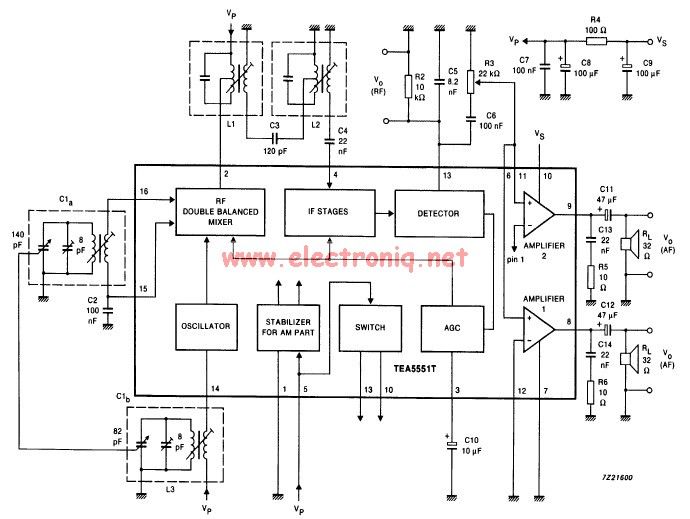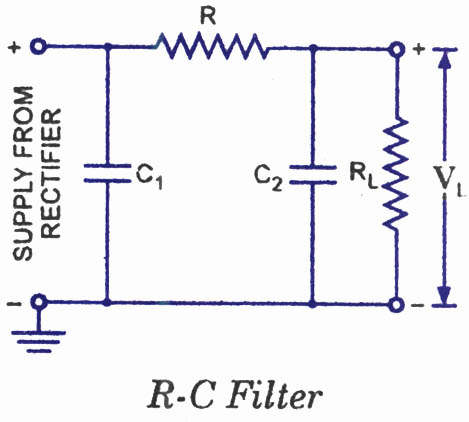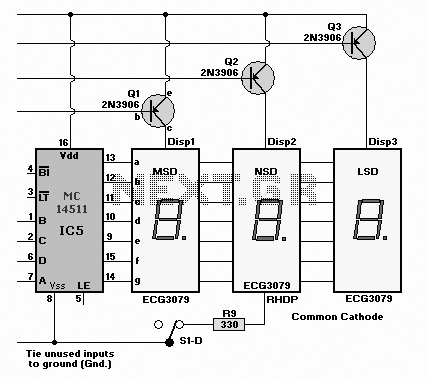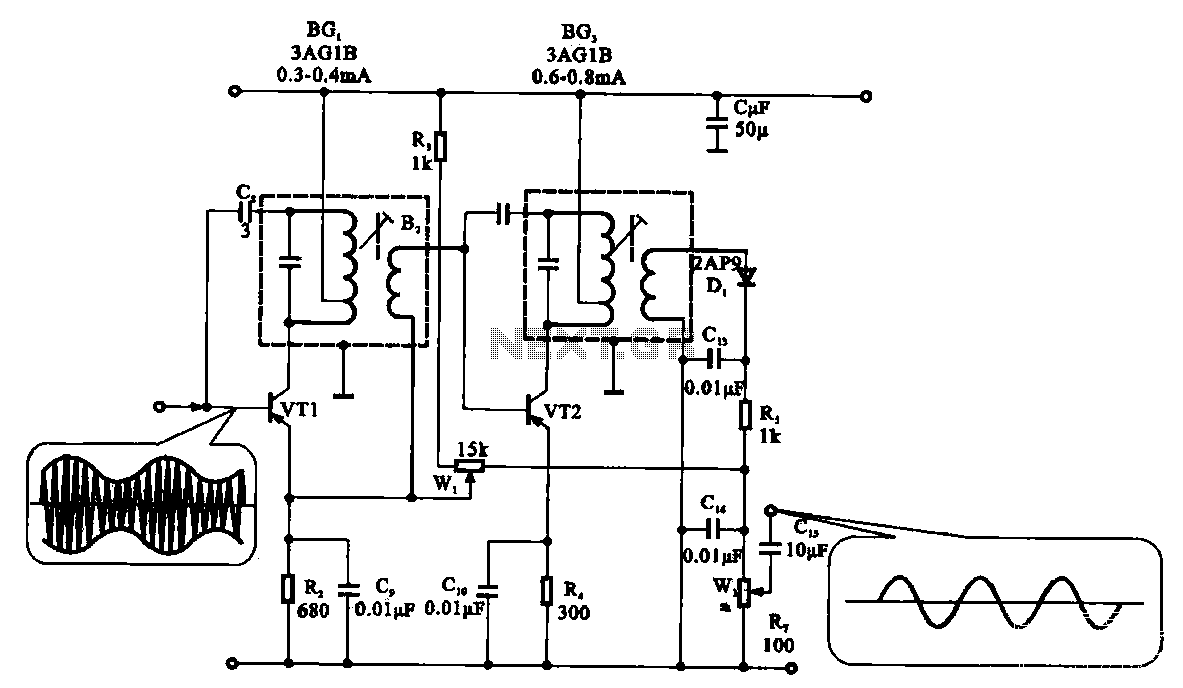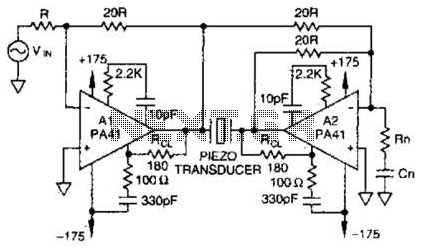
Fog Lamp Sensor Circuit
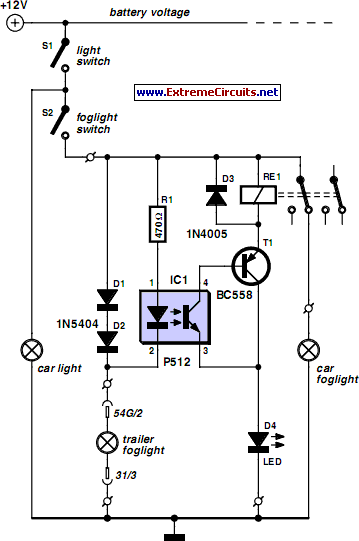
A rear fog lamp is mandatory for trailers and caravans to enhance visibility during foggy conditions. When the fog lamp is activated, the fog lamp of the towing vehicle must be turned off to prevent distracting reflections. To achieve this, a mechanical switch is incorporated into the 13-way female connector. For users with a 7-way connector, this switching can also be accomplished electronically using the circuit described here. A type P521 optocoupler is employed to detect whether the fog lamp of the trailer or caravan is connected. If the fog lamp in the towing vehicle is turned on, current flows through the caravan fog lamp via diodes D1 and D2. This activates the LED in the optocoupler, causing the phototransistor to conduct and energize the relay through transistor T1. The relay then switches off the fog lamp of the towing vehicle. This compact circuit can be easily constructed on a small piece of perforated circuit board and installed near the rear lamp fitting of the towing vehicle.
The circuit for controlling the fog lamps in trailers and caravans utilizes a combination of optical isolation and relay switching to ensure safety and compliance with visibility regulations. The P521 optocoupler plays a crucial role in this design by providing electrical isolation between the towing vehicle's fog lamp circuit and the trailer's fog lamp circuit.
When the fog lamp in the towing vehicle is engaged, it sends current through diodes D1 and D2, which are configured to prevent reverse current flow and ensure proper functionality. The forward biasing of these diodes allows current to illuminate the LED within the optocoupler. The LED's activation causes the phototransistor within the optocoupler to turn on, allowing current to flow to the base of transistor T1. This transistor acts as a switch, controlling the relay's coil.
Once the relay is energized, it opens the circuit connected to the towing vehicle's fog lamp, effectively switching it off. This prevents any glare or reflections that could impair visibility for other drivers. The relay's contacts are rated to handle the current load of the fog lamp, ensuring reliable operation.
For assembly, the circuit can be mounted on a small perforated board, allowing for a compact design that can be easily secured near the rear lamp fitting of the towing vehicle. Proper attention should be given to the wiring and connections to ensure robust performance in various weather conditions. The circuit's simplicity allows for easy troubleshooting and maintenance, making it a practical solution for enhancing safety while towing trailers or caravans in foggy conditions.A rear fog lamp has been mandatory for trailers and caravans in order to improve visibility under foggy conditions. When this fog lamp is switched on, the fog lamp of the pulling vehicle must be switched off to avoid irritating reflections.
For this purpose, a mechanical switch is now built into the 13-way female connector i n order to switch of the fog lamp of the pulling vehicle and switch on the fog lamp of the trailer or caravan. For anyone who uses a 7-way connector, this switching can also be implemented electronically with the aid of the circuit illustrated here.
Here a type P521 optocoupler detects whether the fog lamp of the caravan or trailer is connected. If the fog lamp is switched on in the car, a current flows through the caravan fog lamp via diodes D1 and D2. This causes the LED in the optocoupler to light up, with the result that the photo-transistor conducts and energies the relay via transistor T1.
The relay switches of the fog lamp of the car. For anyone who`s not all thumbs, this small circuit can easily be built on a small piece of perforated circuit board and then fitted somewhere close to the rear lamp fitting of the pulling vehicle. 🔗 External reference
The circuit for controlling the fog lamps in trailers and caravans utilizes a combination of optical isolation and relay switching to ensure safety and compliance with visibility regulations. The P521 optocoupler plays a crucial role in this design by providing electrical isolation between the towing vehicle's fog lamp circuit and the trailer's fog lamp circuit.
When the fog lamp in the towing vehicle is engaged, it sends current through diodes D1 and D2, which are configured to prevent reverse current flow and ensure proper functionality. The forward biasing of these diodes allows current to illuminate the LED within the optocoupler. The LED's activation causes the phototransistor within the optocoupler to turn on, allowing current to flow to the base of transistor T1. This transistor acts as a switch, controlling the relay's coil.
Once the relay is energized, it opens the circuit connected to the towing vehicle's fog lamp, effectively switching it off. This prevents any glare or reflections that could impair visibility for other drivers. The relay's contacts are rated to handle the current load of the fog lamp, ensuring reliable operation.
For assembly, the circuit can be mounted on a small perforated board, allowing for a compact design that can be easily secured near the rear lamp fitting of the towing vehicle. Proper attention should be given to the wiring and connections to ensure robust performance in various weather conditions. The circuit's simplicity allows for easy troubleshooting and maintenance, making it a practical solution for enhancing safety while towing trailers or caravans in foggy conditions.A rear fog lamp has been mandatory for trailers and caravans in order to improve visibility under foggy conditions. When this fog lamp is switched on, the fog lamp of the pulling vehicle must be switched off to avoid irritating reflections.
For this purpose, a mechanical switch is now built into the 13-way female connector i n order to switch of the fog lamp of the pulling vehicle and switch on the fog lamp of the trailer or caravan. For anyone who uses a 7-way connector, this switching can also be implemented electronically with the aid of the circuit illustrated here.
Here a type P521 optocoupler detects whether the fog lamp of the caravan or trailer is connected. If the fog lamp is switched on in the car, a current flows through the caravan fog lamp via diodes D1 and D2. This causes the LED in the optocoupler to light up, with the result that the photo-transistor conducts and energies the relay via transistor T1.
The relay switches of the fog lamp of the car. For anyone who`s not all thumbs, this small circuit can easily be built on a small piece of perforated circuit board and then fitted somewhere close to the rear lamp fitting of the pulling vehicle. 🔗 External reference
